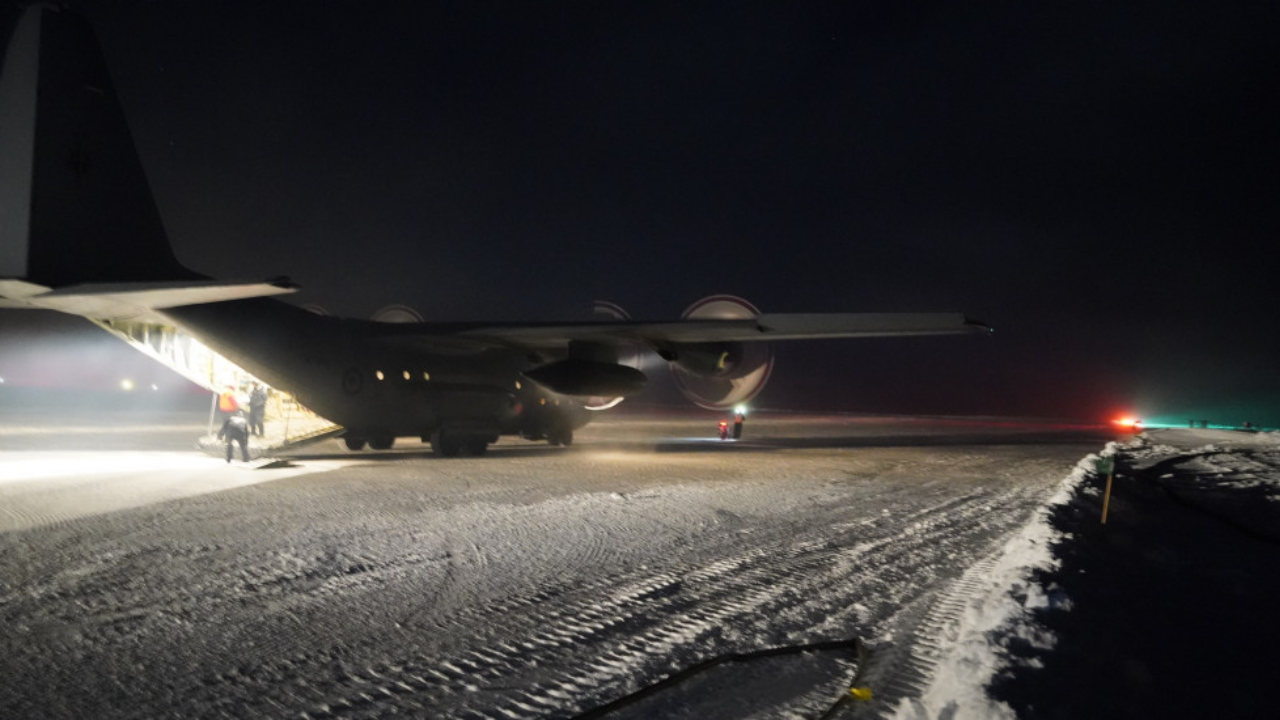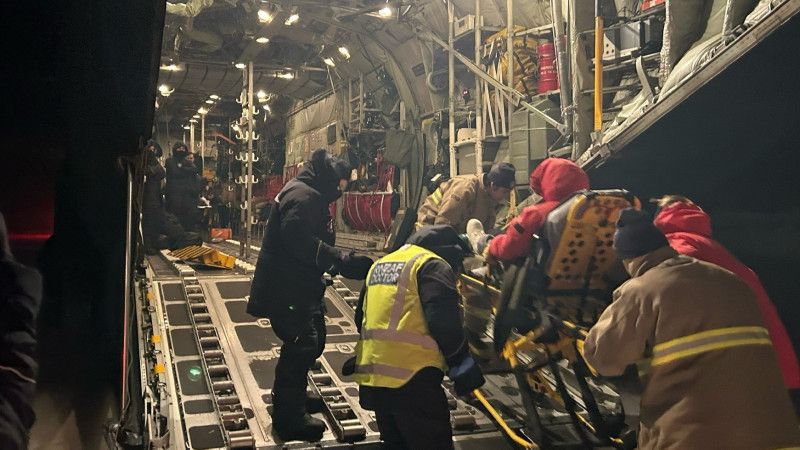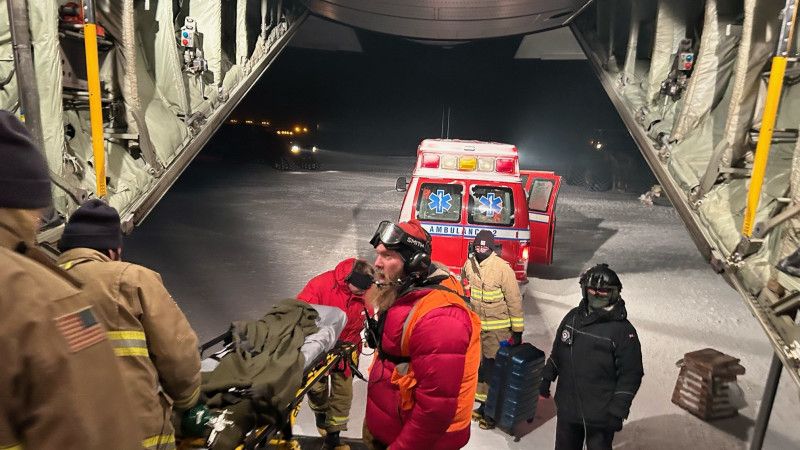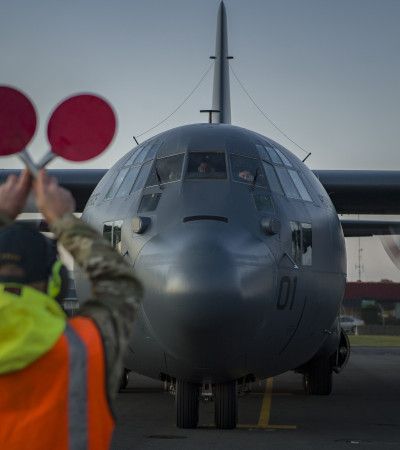Summary
- RNZAF conducted a rare mid-winter medical evacuation in Antarctica using a C-130H Hercules.
- The eight-hour return flight required “hot fueling” on the ice to protect engines from extreme cold.
- New Zealand maintains Scott Base near the larger American Base in the Ross Dependency area of Antarctica.
The Royal New Zealand Air Force (RNZAF) has carried out a rare Antarctica mid-winter medical evacuation using a C-130H Hercules. Antarctic missions are challenging at best, but flying there at night in the depth of winter is something air forces try to avoid. New Zealand has five C-130H Hercules aircraft operated by No. 40 Squadron. Recently, a New Zealand Air Force Boeing 757 broke down carrying the New Zealand Prime Minister to Japan, forcing the PM and other dignitaries to complete the journey with commercial flights.
New Zealand Air Force extracts American from Antarctica
On Tuesday, the New Zealand Hercules flew from Auckland to Christchurch, taking off at 02:00 local time and arriving at Phoenix Airfield in Antarctica at 08:50. According to the Royal New Zealand Air Force, the Hercules landed using night vision goggles. While people are sweltering in the summer heat in the Northern Hemisphere, it is a perpetual night in Antarctica.
Photo: RNZAF
The flight then departed for Christchurch at 10:00. Christchurch (the main city in New Zealand’s South Island) has long been one of the gateways to Antarctica.
The eight-hour return flight required the Hercules to be “hot fuelled” on the ice (meaning the engines were kept running during refueling). The engines were kept running to protect them from the extreme cold – the temperature was -33C or -27-4F and -40C or -40F with the wind chill.
The patient was an American from the large McMurdo Station near New Zealand’s smaller station. The patient is reported to be in a stable and non-life-threatening condition. The manner of the problem the patient was facing is unclear, but they required medical treatment that was not available on the base in Antarctica.
Photo: RNZAF
Flights to Antarctica are very challenging in the winter on account of the extreme climate of the frozen continent. Aircrews need to contend with changeable weather conditions and no daylight. The New Zealand Air Force goes so far as to say “Apart from flying in a combat environment, night flying missions to Antarctica in the middle of winter present the most challenging and dangerous of conditions.”
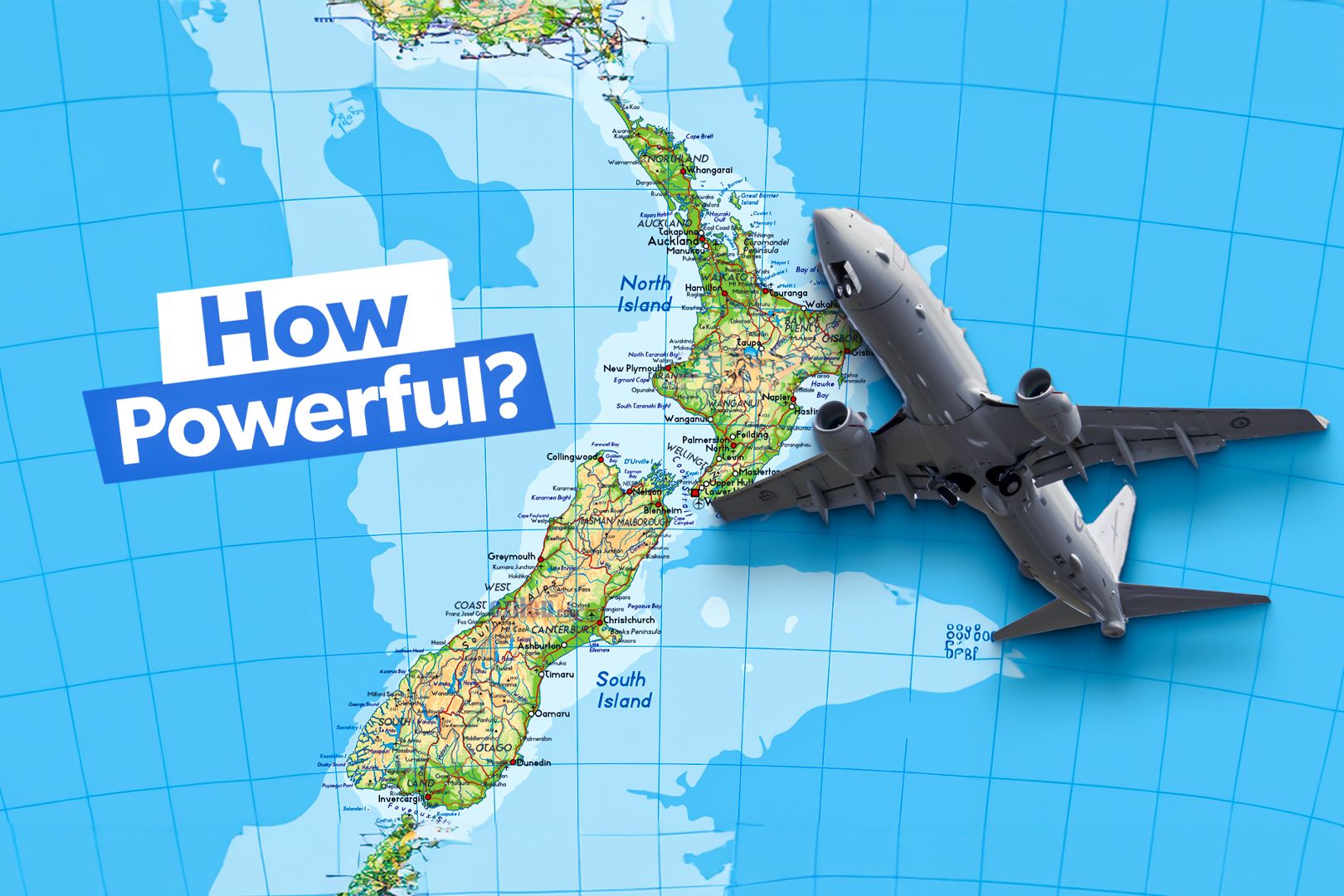
Related
Kiwi Wings: How Powerful Is The New Zealand Air Force?
New Zealand divested of its strike capability over 20 years ago and has no intention of restoring it.
New Zealand’s Ross Dependency
Along with half a dozen other countries, New Zealand claims a piece of Antarctica called the Ross Dependency, located between the longitudes 160° east to 150° west, stretching from the South Pole to latitude 60° south. The US does not recognize the claim.
Nevertheless, New Zealand maintains its small scientific research Scott Base (between 10 and 80 personnel) next to the larger American Base (with between 200 and 1,000 personnel). The two bases cooperate with each other.
Photo: RNZAF
Phoenix Airfield opened in 2017 to replace the older Pegasus Field three miles away at McMurdo Station. Pegasus Field was suffering from warmer temperatures and dust and dirt blown from the nearby Black Island, making the airstrip unusable at the end of the summer season.

